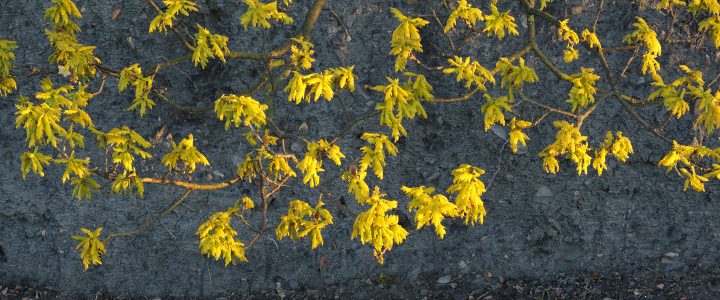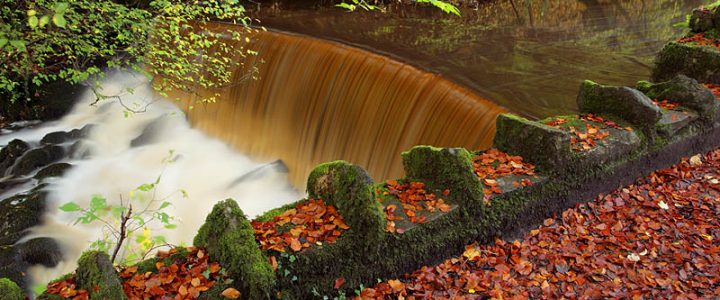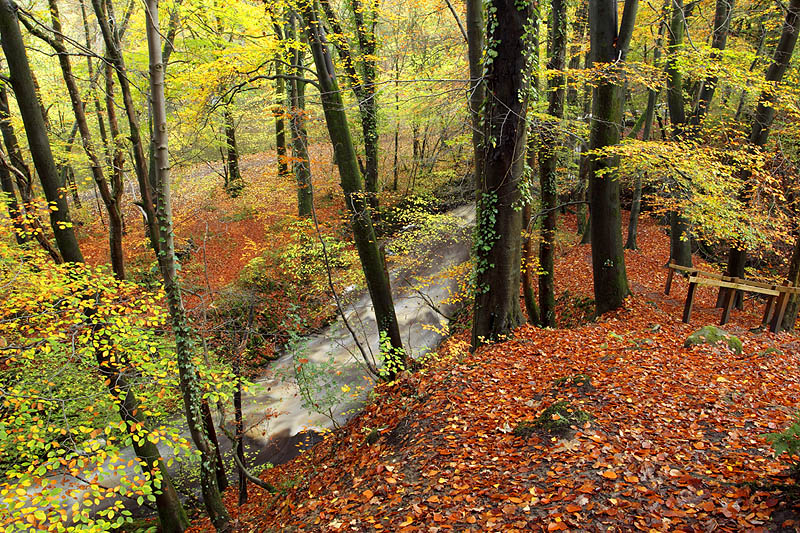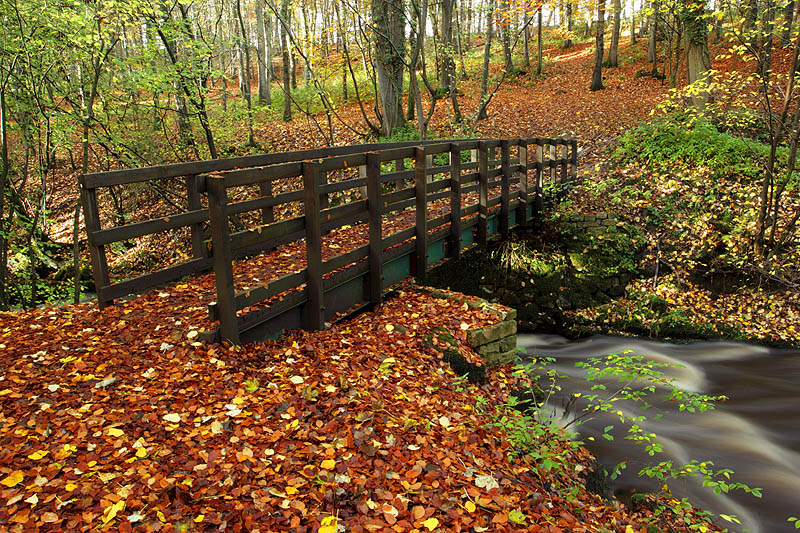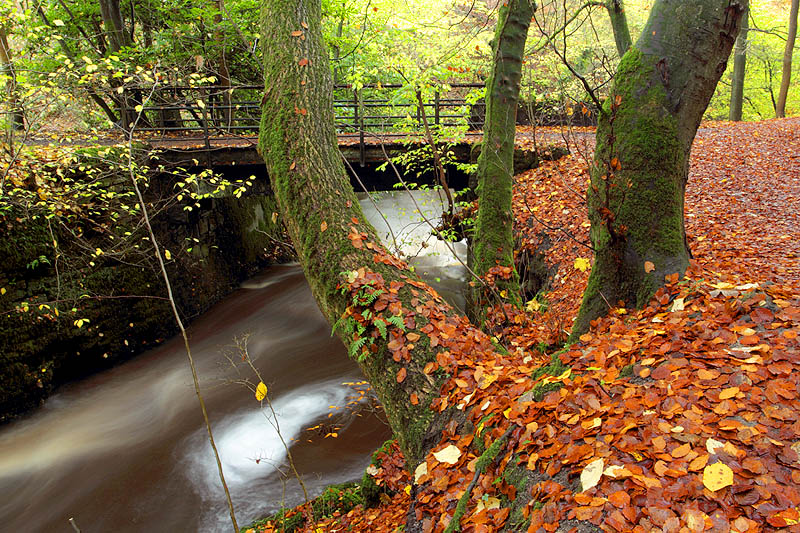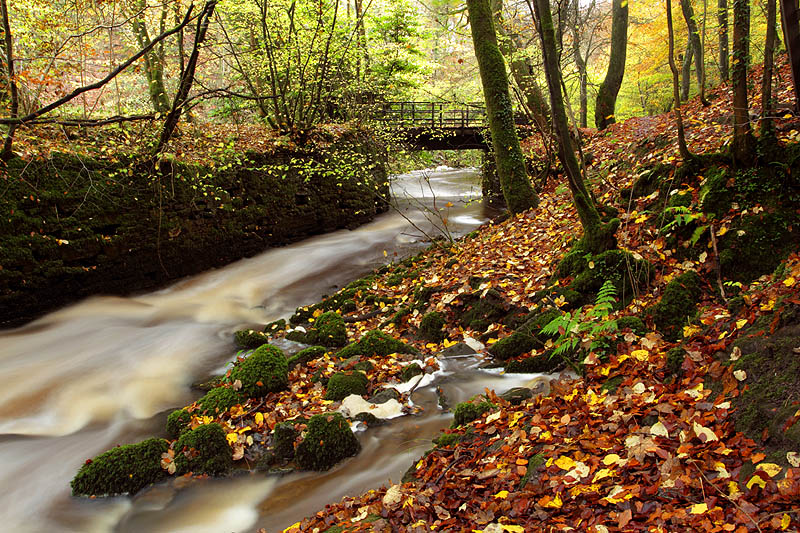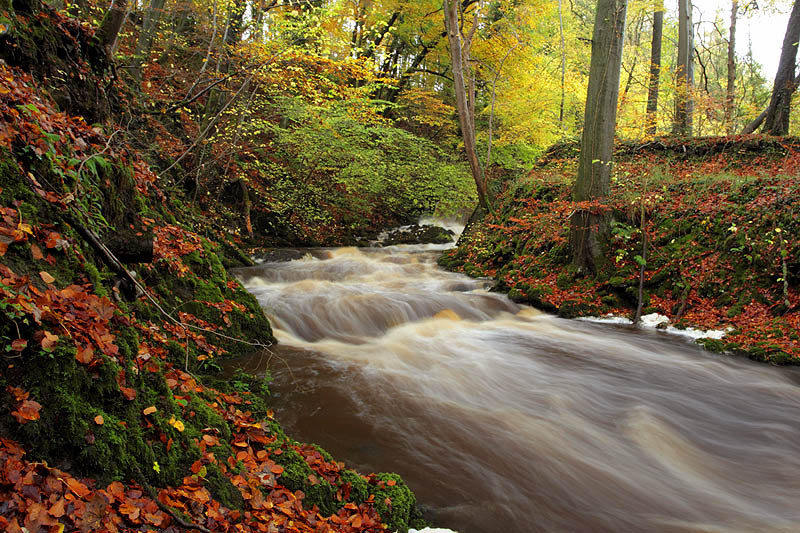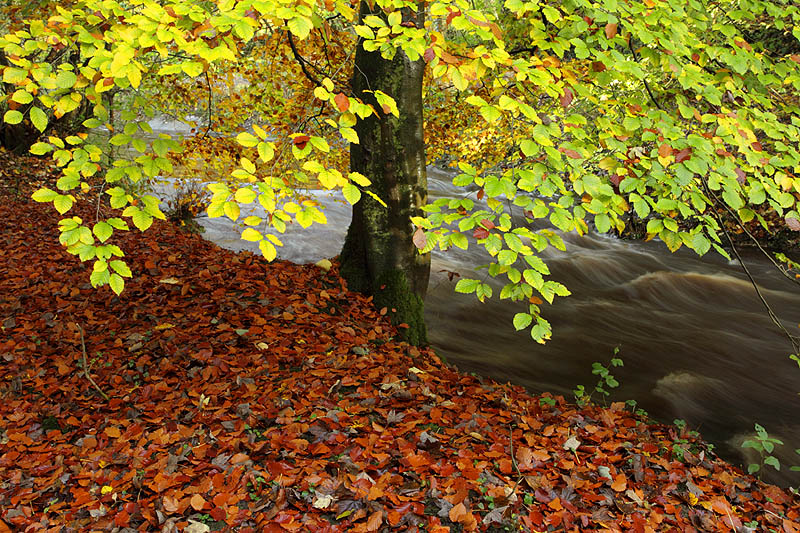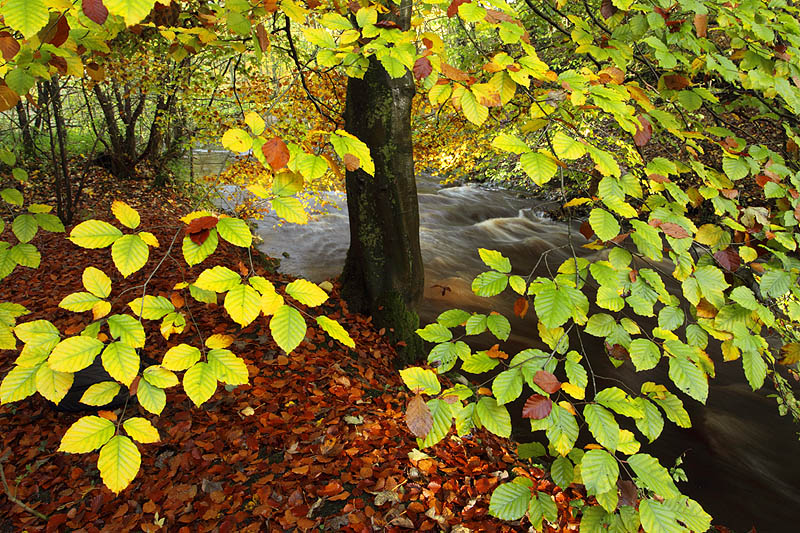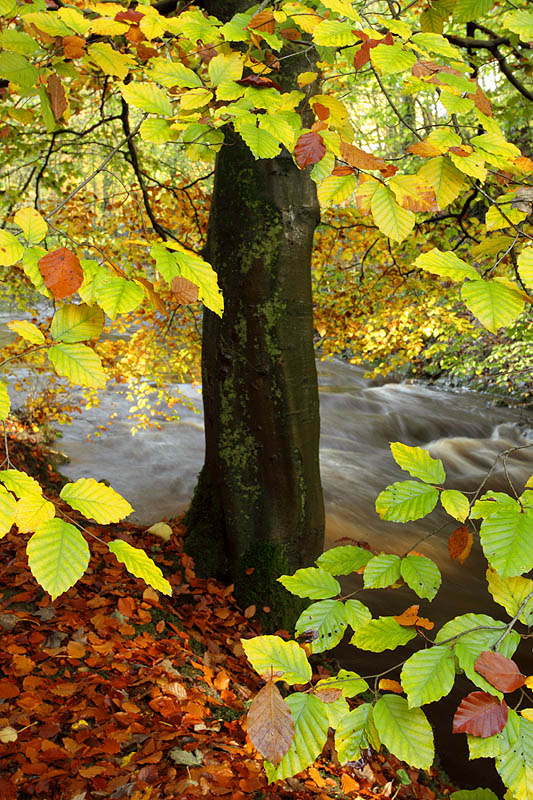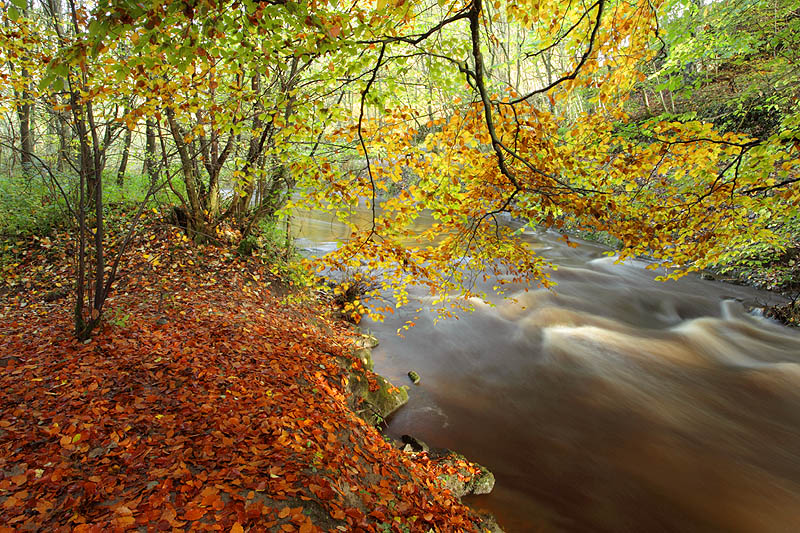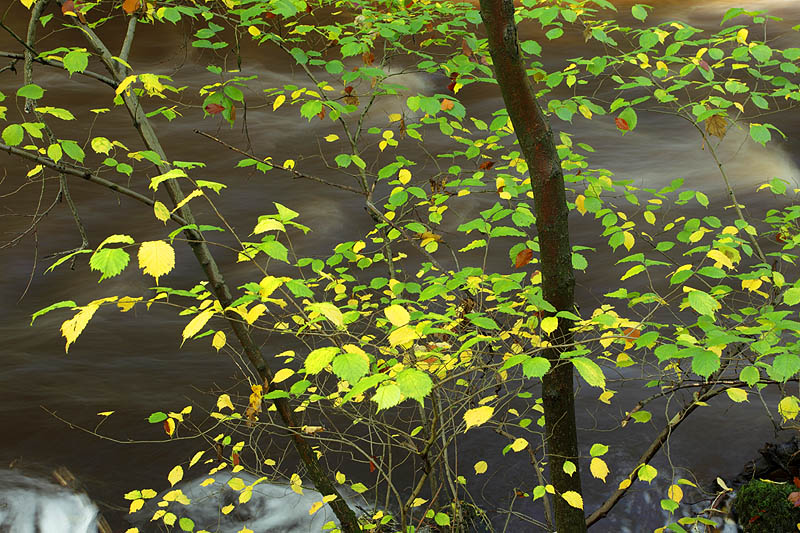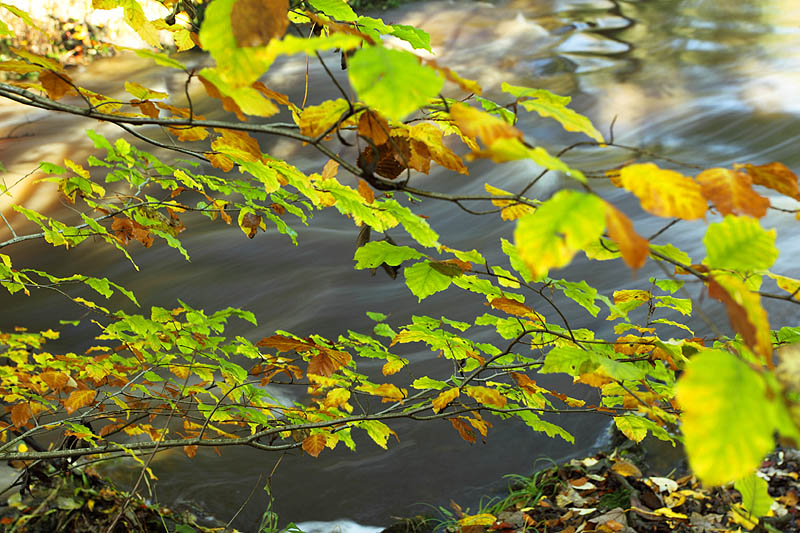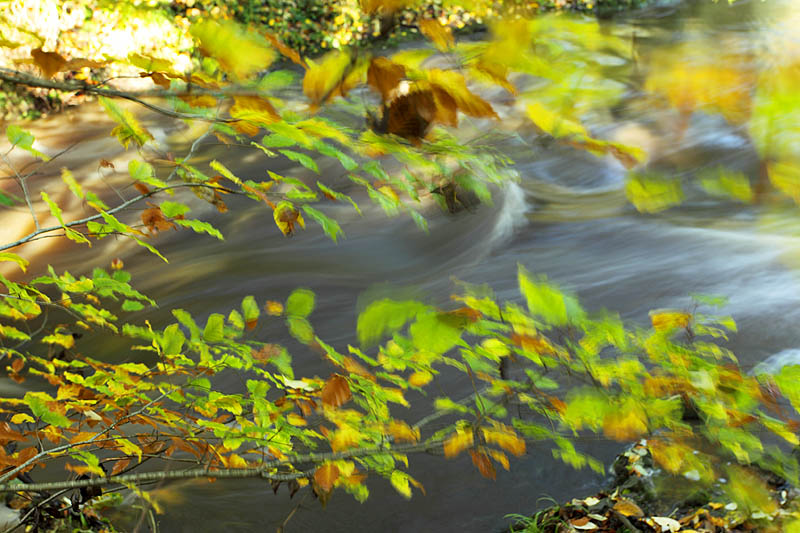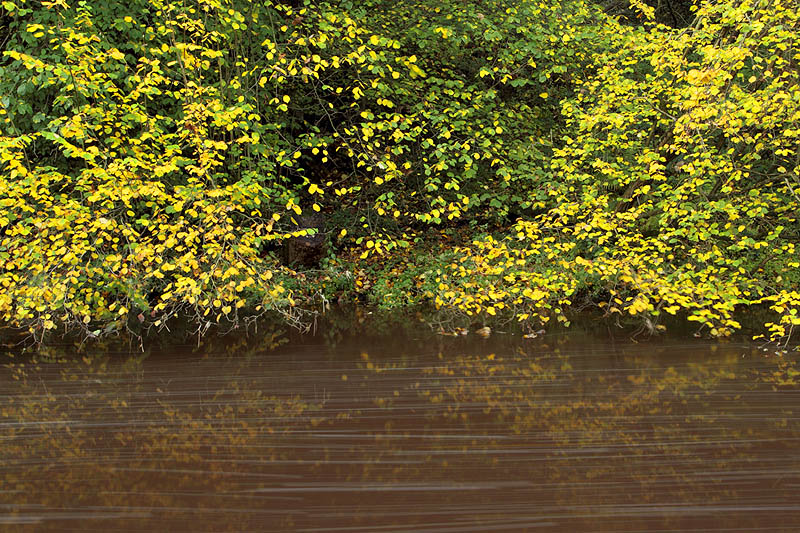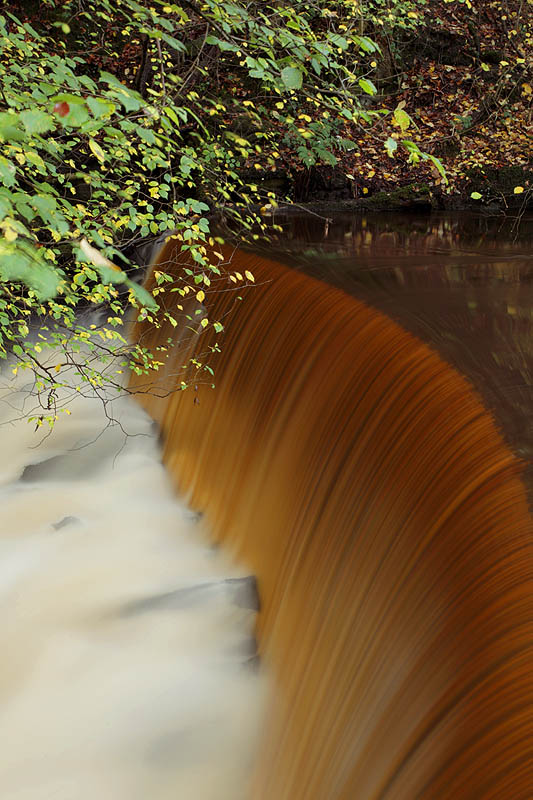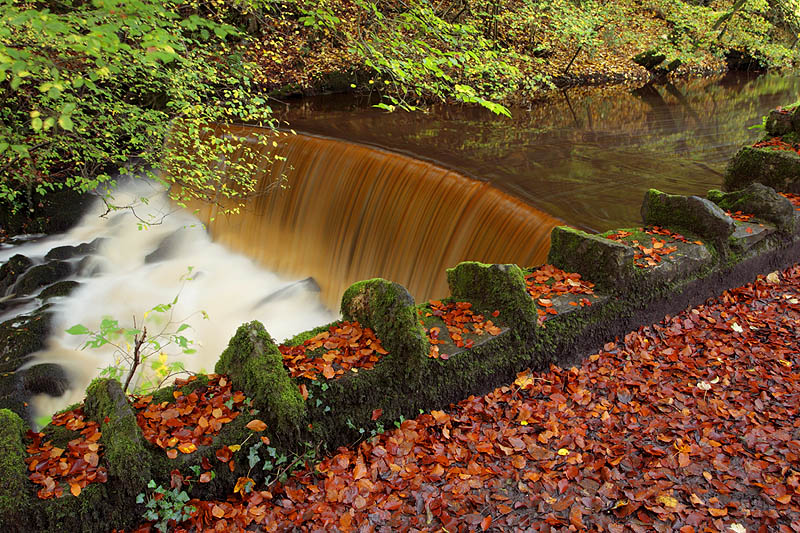A great way of getting into wildlife photography is to practice on captive subjects such as birds of prey. I don’t consider this as ‘cheating’. In the wild you often have to react quickly and know your settings inside out to get the best out of any given opportunity. Bird of prey workshops offer you the chance to learn the skills necessary – in natural surroundings and often with variable weather conditions. Working with SMJ Falconry in Oxenhope, Yorkshire we have access to wonderful surroundings including moorland edge with gritstone boulders and heather.

The male merlin is one of my favourite birds. This particular merlin is incredibly relaxed around photographers and often preens for us.
We also like to make use of prey. This peregrine was photographed with a quail. It soon ripped into the bird with feathers flying, making for images with real impact.!


Flight photography is always a test – not just of the photographer but also the equipment. Our barn owl is perfect for straight flights and we can usually repeat this a good number of times.

Willow, the female red kite is quite a star. We usually let her fly around the valley before photographing as she comes in to the food. The beauty of this location is in being able to get flight shots against the hillside rather than just sky.

If you are interested in joining one of theses Bird of Prey Photography Courses get in touch: paul@naturephotographycourses.co.uk Further photo workshops can be found at www.naturephotographycourses.co.uk All the birds at SMJ Falconry are in remarkable condition and it’s obvious that this family run business put a lot of effort into the birds’ welfare.
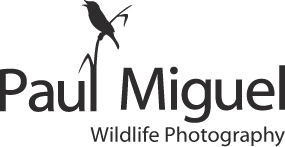
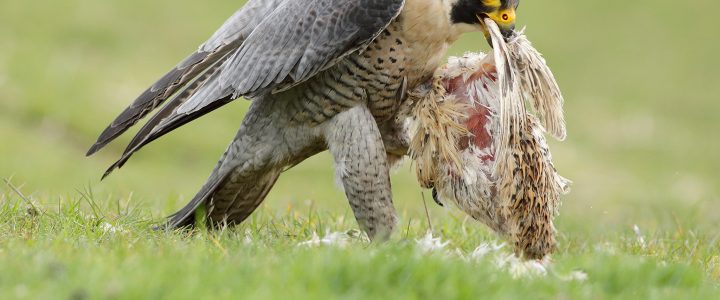

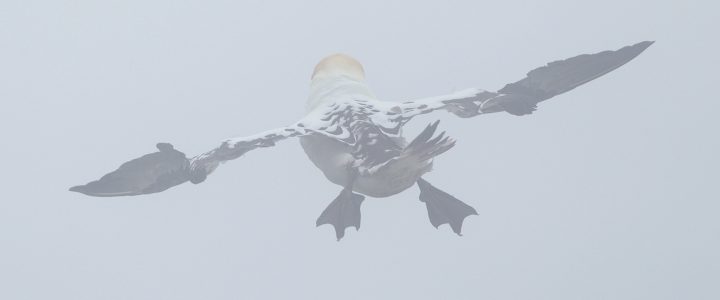
 The most difficult part was focussing. Regardless of lens speed, autofocus was having an absolute nightmare trying to lock onto wishy washy targets against a wishy washy background. I found the juvenile gannets slightly easier as the camera was able to lock on better due to their mottled plumage.
The most difficult part was focussing. Regardless of lens speed, autofocus was having an absolute nightmare trying to lock onto wishy washy targets against a wishy washy background. I found the juvenile gannets slightly easier as the camera was able to lock on better due to their mottled plumage. 
 The wind was also a real challenge. A strong easterly breeze kept the birds buffeted about and throwing sea spray onto our lenses. Yes, this was definitely a challenge!! As always its a case of keep trying and we all managed some reasonably sharp flight images including the additional guillemots, razorbills and kittiwakes.
The wind was also a real challenge. A strong easterly breeze kept the birds buffeted about and throwing sea spray onto our lenses. Yes, this was definitely a challenge!! As always its a case of keep trying and we all managed some reasonably sharp flight images including the additional guillemots, razorbills and kittiwakes.


